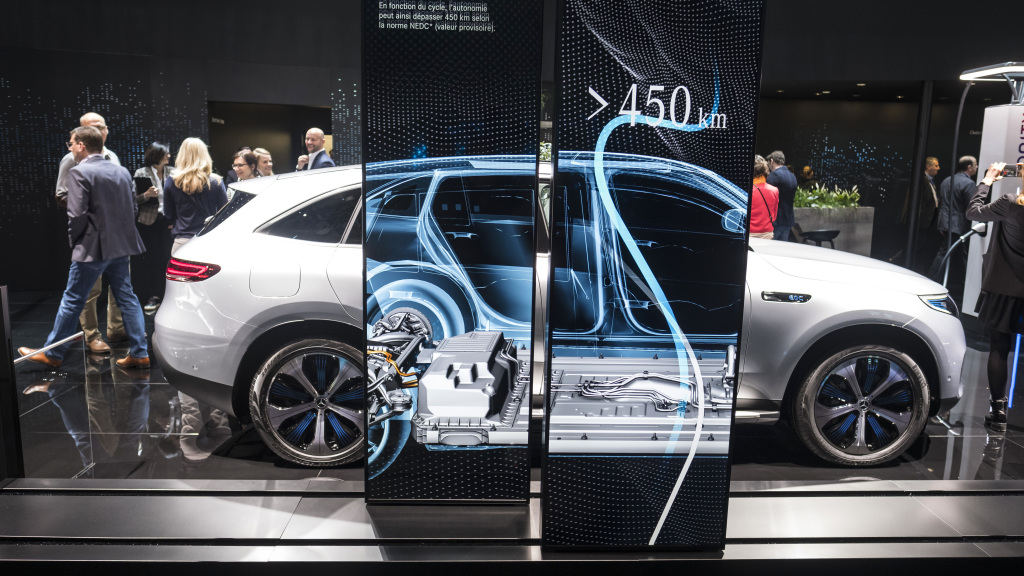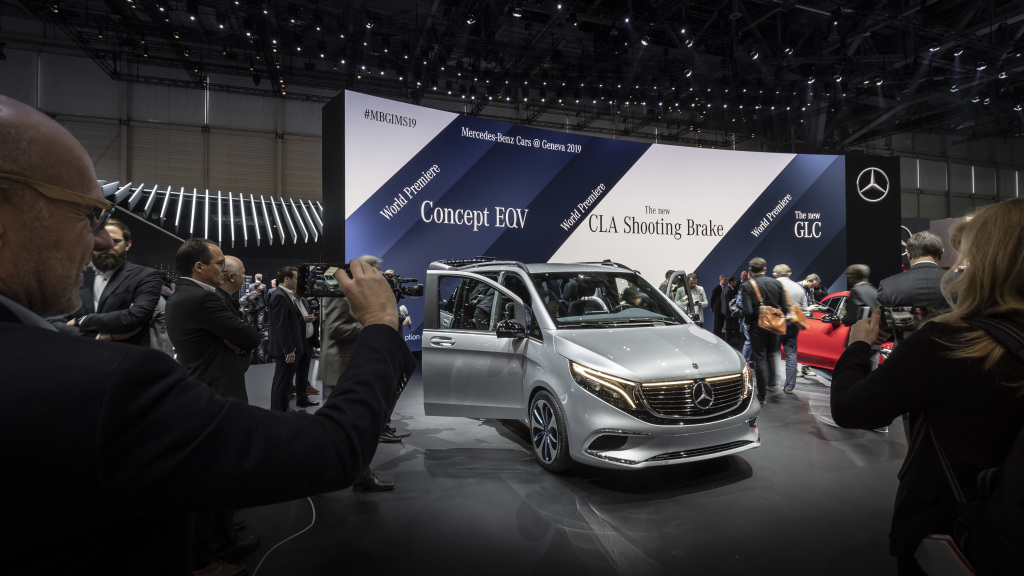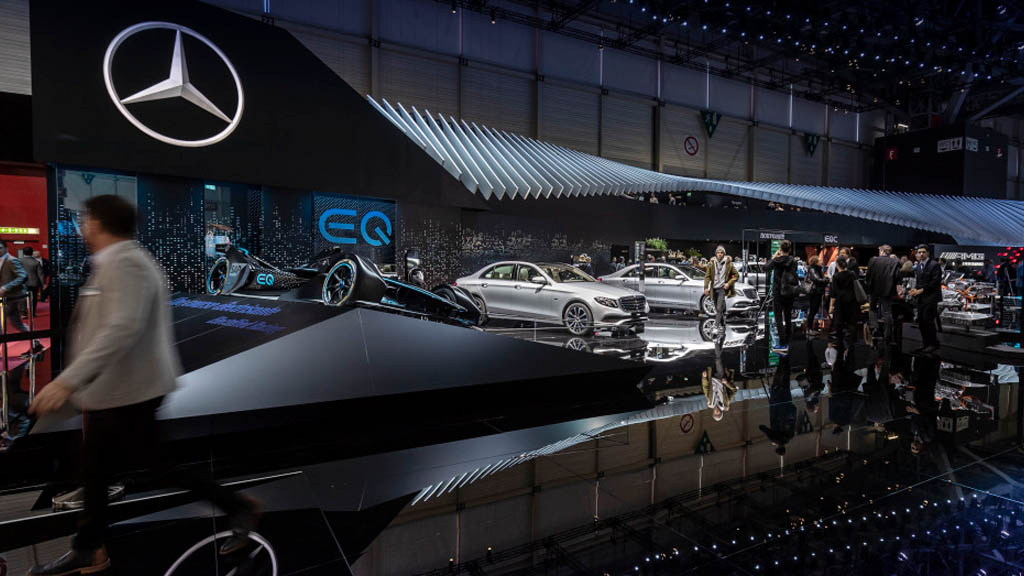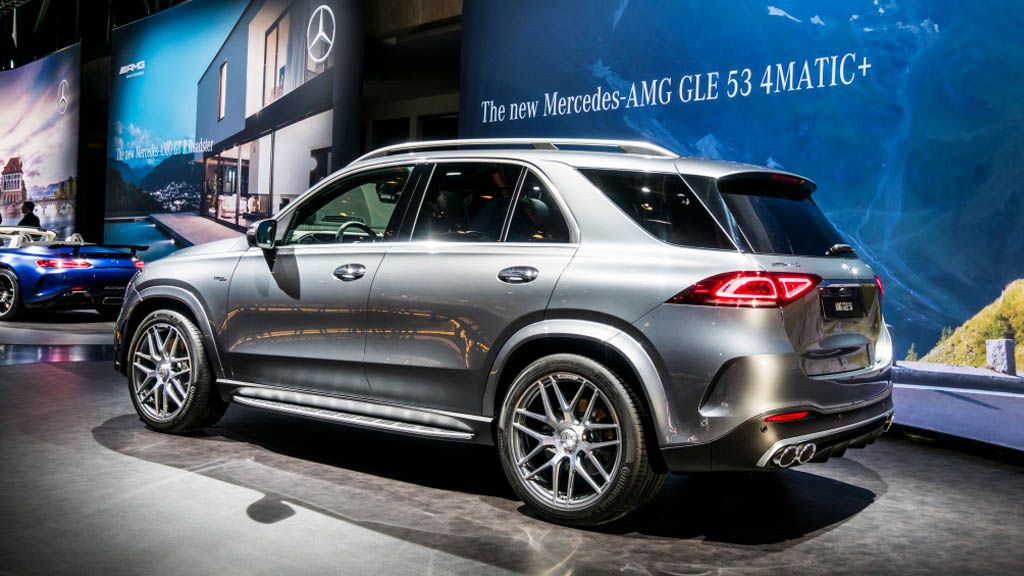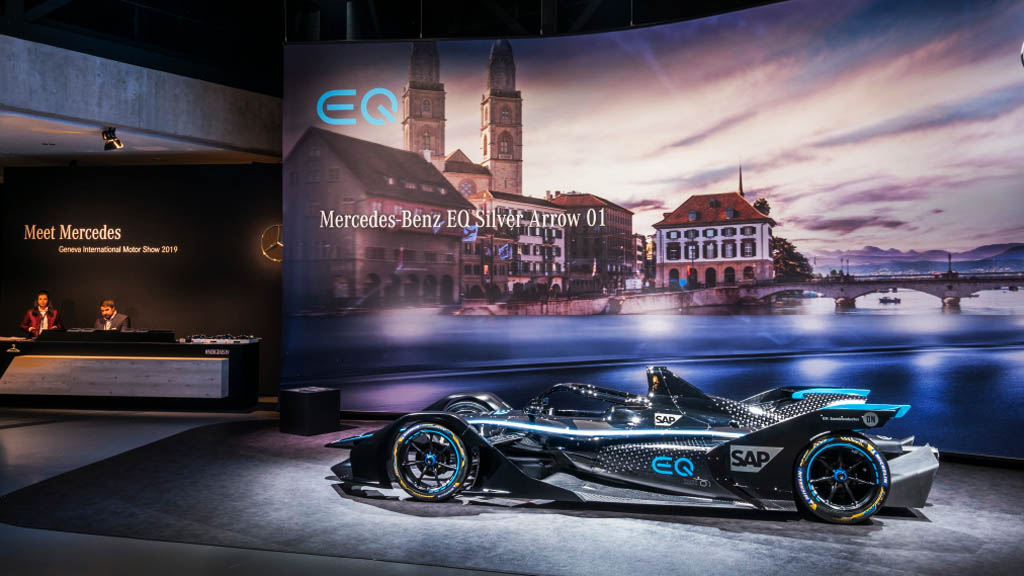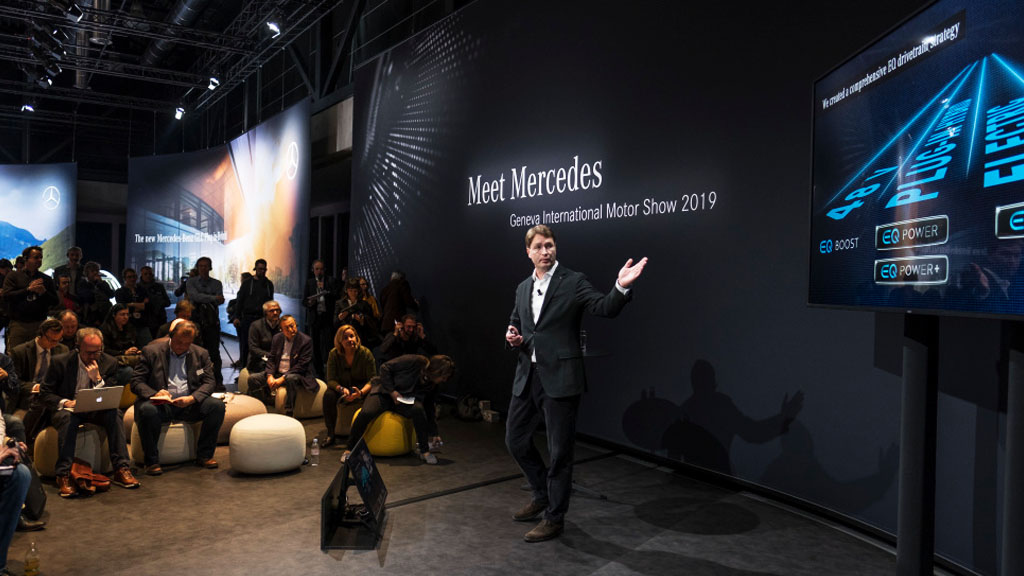Mercedes delivers electric performance in Geneva
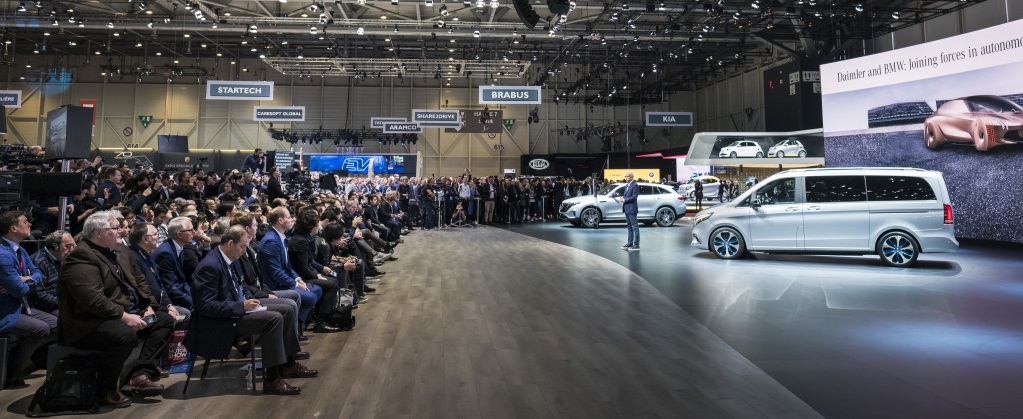
The future is electric.
That was the title of Ola Källenius’s presentation at the Meet Mercedes conference ahead of this year’s Geneva Motor Show. Källenius is a board member at Daimler AG responsible for group research and Mercedes-Benz cars development. More importantly, he will become the brand’s CEO once Dieter Zetsche steps down later this year after 12 years at the helm of the three-pointed star.
The change of management coincides with a transformation in Mercedes’s product range. In becoming the future face of Mercedes, Källenius will also be the name industry followers will equate to the German carmaker’s coming generation of fully electric offerings.
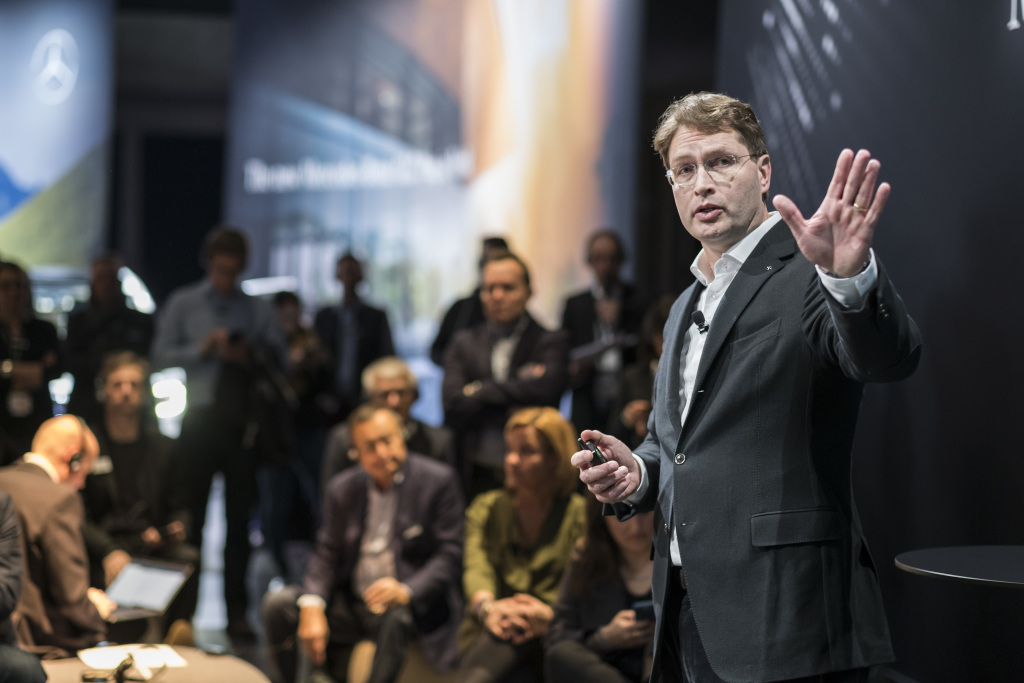
“We will offer several electrified solutions for all mobility demands, and we plan to offer more than ten purely electric models by 2025”
Ola Källenius, Member of the Board of Management Daimler AG, responsible for Group Research and Mercedes-Benz Cars Development
Naturally, these ten or so models will be offered under the EQ sub brand, which got the ball rolling last year with the production-ready EQC. The star of the Mercedes-Benz exhibit at this year’s Geneva Motor Show, presented by Zetsche himself while he still leads the brand, is yet another addition to the EQ family that’s primed for the assembly line. Only it isn’t actually a car this time around. It’s a van.
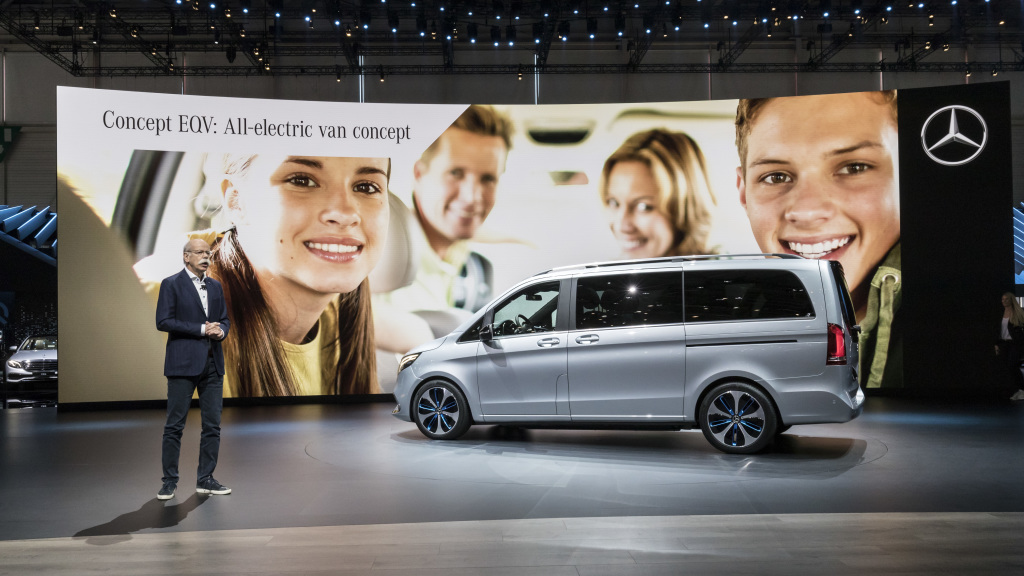
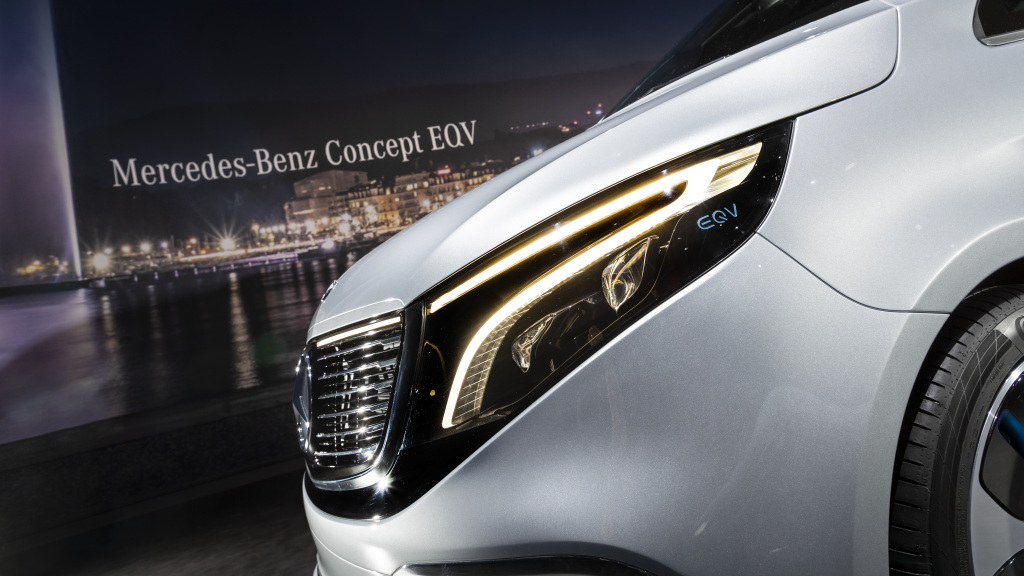

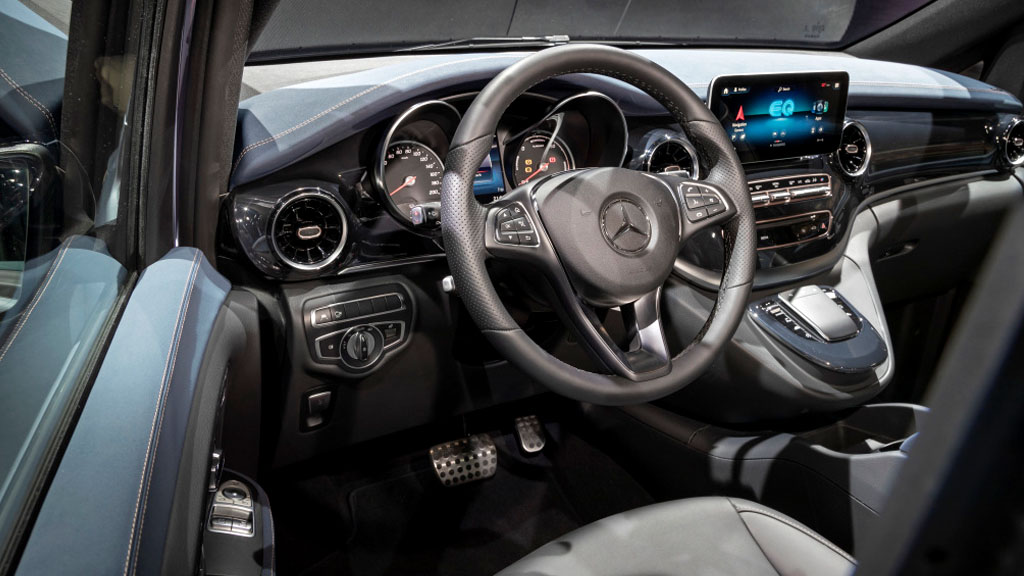
Mercedes-Benz Concept EQV
Making its world premiere in Geneva, the EQV Concept is essentially an all-electric version of the utilitarian V-Class. Mercedes claims it’s the world’s first battery-powered people mover in the premium segment. But the bigger claim is the EQV’s functional range: 400km on a full charge with rapid charging enabling 100km of range to be obtained within 15 minutes of plugging in. Not bad for a vehicle that can be had with up to eight seats.
Driven by a 150kW motor that facilitates speeds of up to 160kph, the EQV will be released in production form at the Frankfurt Motor Show later this year. Around the same time, Mercedes will also prepare to fly the EQ flag on the track as the Mercedes-Benz EQ Team joins the Formula E grid from the 2019/2020 season. The Silver Arrow 01 race car was also on display in Geneva. But there was also something more relevant to consumers who want something fast with a touch of EQ.
While Malaysians continue their wait for the W167 Mercedes-Benz GLE, an AMG 53 4Matic+ variant has already made its debut in Geneva. The GLE 53 packs an EQ Boost starter-generator which delivers an additional 16kW and 250Nm on demand. This is similar to the 53-numbered variants of the E-Class and CLS sold locally, which are all that’s left of the EQ brand in Malaysia after Mercedes-Benz Malaysia launched its range of EQ Power plugin hybrid models (C350e and E350e) before discontinuing them in quick succession last year.
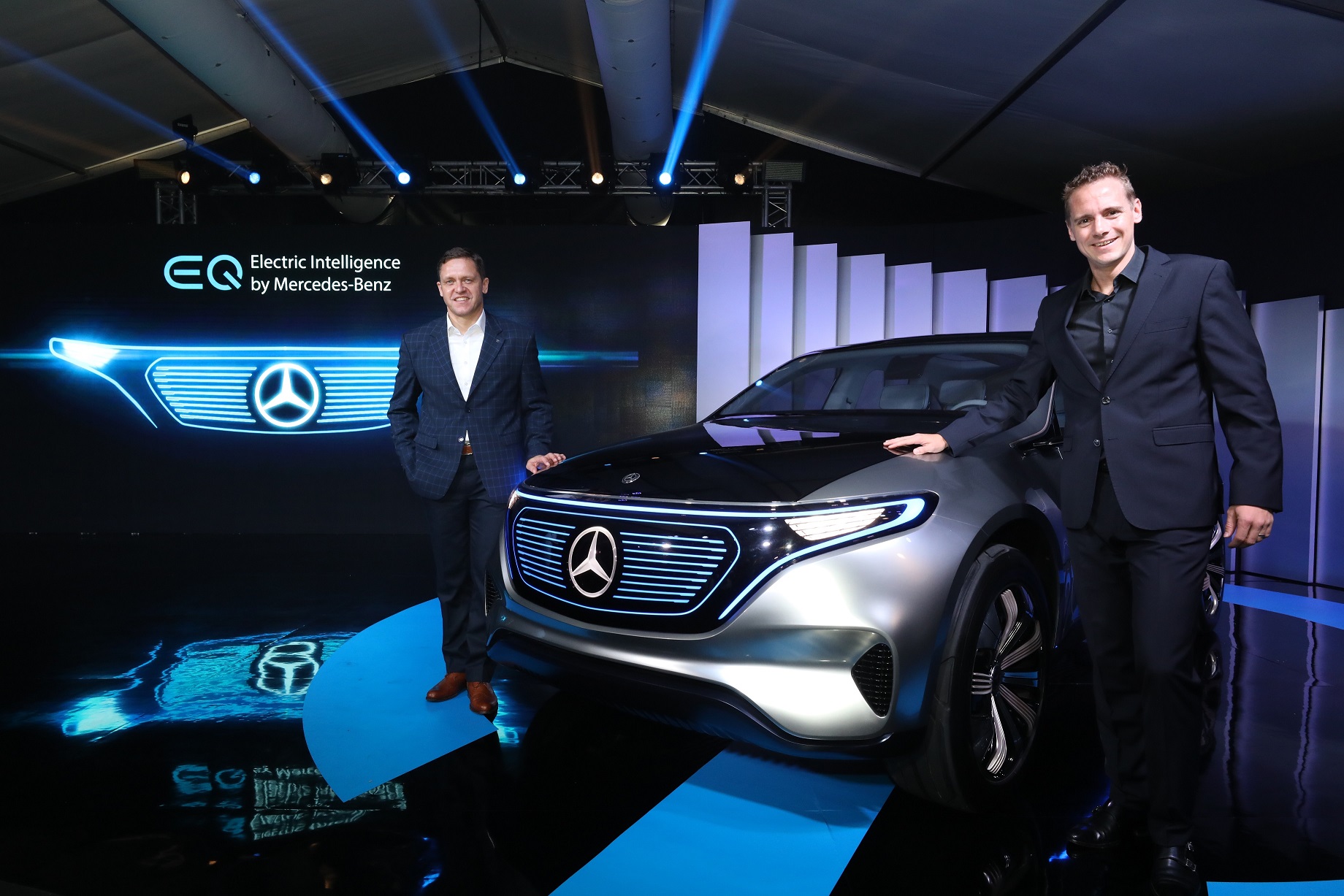
However, don’t count on the EQ Power models being absent for long. In an interview with Mark Raine earlier this year, the sales and marketing vice president of Mercedes-Benz Malaysia acknowledged the situation, saying that “within half a year after the EQ launch, we theoretically took all the EQ Power plugin hybrid models off the market. But this is actually to prepare the market for electric mobility.”
“In my view, not just in Malaysia but in many markets, come end of 2020 and the subsequent years, there will be more plugin mobility and more electric mobility as well”
Mark Raine, Vice President, Sales & Marketing Passenger Cars, Mercedes-Benz Malaysia.
Raine’s view aligns with the electric roadmap presented by Källenius, which targets 20 PHEV models by 2020 and over 10 pure EVs (under the EQ umbrella, presumably) by 2025. By then, Mercedes-Benz expects to have at least one electrified variant for each of its 50-plus models, many of which we can hope to see here given Mercedes-Benz Malaysia’s product offensive in recent years.
Speaking on the long term sustainability of this electric-focused strategy, Källenius said: “Beyond the tank to wheel, zero emissions is about the footprint of the whole vehicle. Recent studies show that the lifecycle CO2 (carbon dioxide) footprint in the last couple of years has tilted in favour of electric vehicles as the share of renewable energy for the use phase of the car grows.”
“There is a growing consciousness about CO2 footprint at the production stage. For Mercedes-Benz Cars, we have an ambition to make all our production plants in Europe CO2 neutral by the end of 2022”
